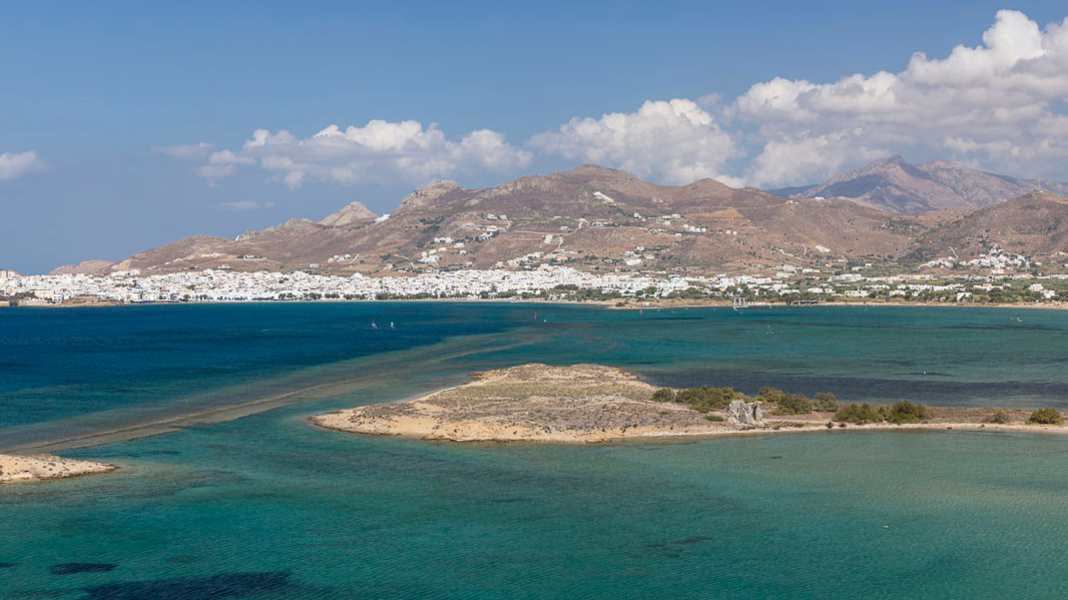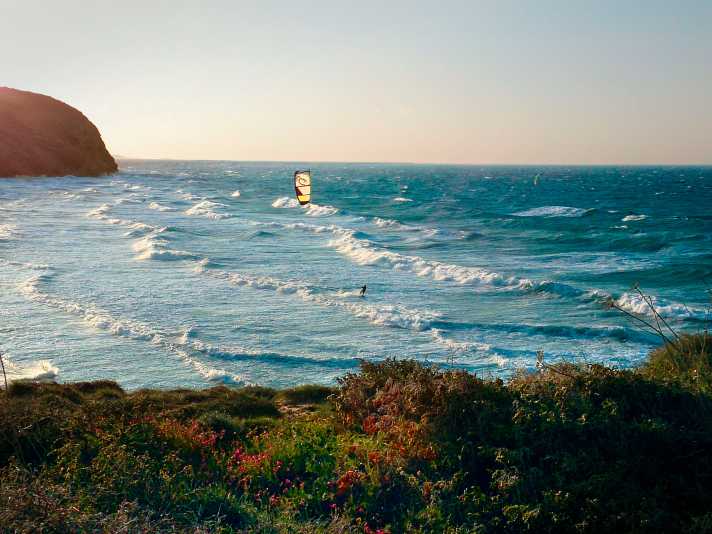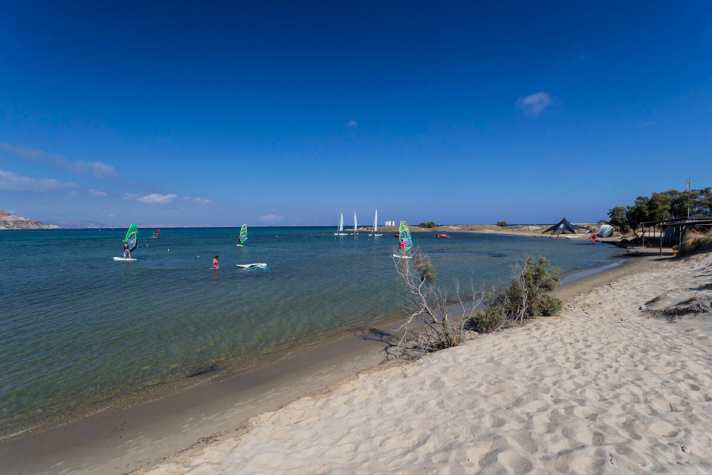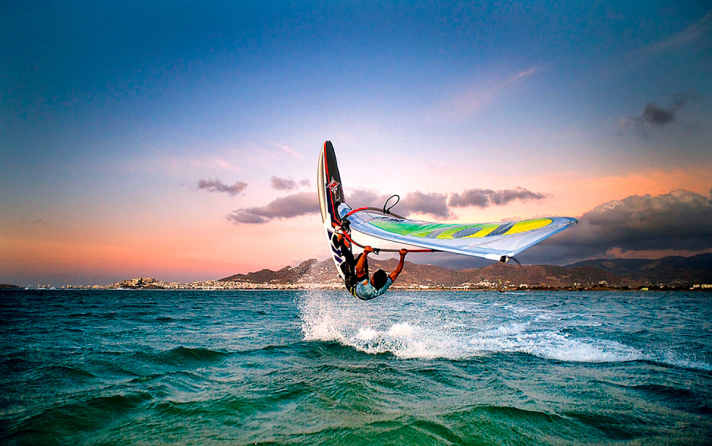
The largest of the Cyclades islands is considered a pearl among Greece connoisseurs, which does not need to impress with oversized clubs, hotel castles or other attractions - because it is an attraction in itself. Authenticity and scenic beauty have been largely preserved here even in times of mass tourism, partly because Naxos still does not have an international airport. What some see as a competitive disadvantage compared to Crete, Rhodes or Karpathos, preserves the soul of the island: secluded bays, fertile olive groves and a sparsely populated, mountainous and, by Greek standards, surprisingly green hinterland, above which the Zas - at 1001 metres the highest Cycladic mountain - towers.

So if you make the journey by plane via Athens or by ferry, you will be in the mood for peace and quiet, Greek delicacies such as olives or the "Kitra" liqueur made from the leaves of the cedrat tree - and the summer wind Meltemi, which, according to statistics, ventilates Naxos up to 240 days a year.

Especially on the flatter west coast, there are great windsurfing conditions for all skill levels due to the strait to the neighbouring island of Paros, which provides a local boost. South of Chora, as the main town of an island or region is called in Greece, both beginners and wave fans will find their luck. In Agios Georgios, children can splash around in the shallow water, women can hone their water starts in the sheltered lagoon and men can practise their front loops on the offshore reef - or women can loop and men can splash around.

And even if here and at the other hot spots such as Mikri Vigla or Plaka Beach, at least in the height of summer, there is less sign of peace and solitude, a few kilometres further south you will still find what makes Naxos so unique - unspoilt nature and yes, even the rusty remains of a bygone era.






The complete Spot Guide Naxos with the following 9 surf spots is available as a PDF download:
- Amiti
- Agios Georgis/St. George Beach
- Plaka Beach
- Mikri Vigla
- Glyfada/Kastraki
- Alyko
- Pyrgaki
- Agiassos
- Azalas
